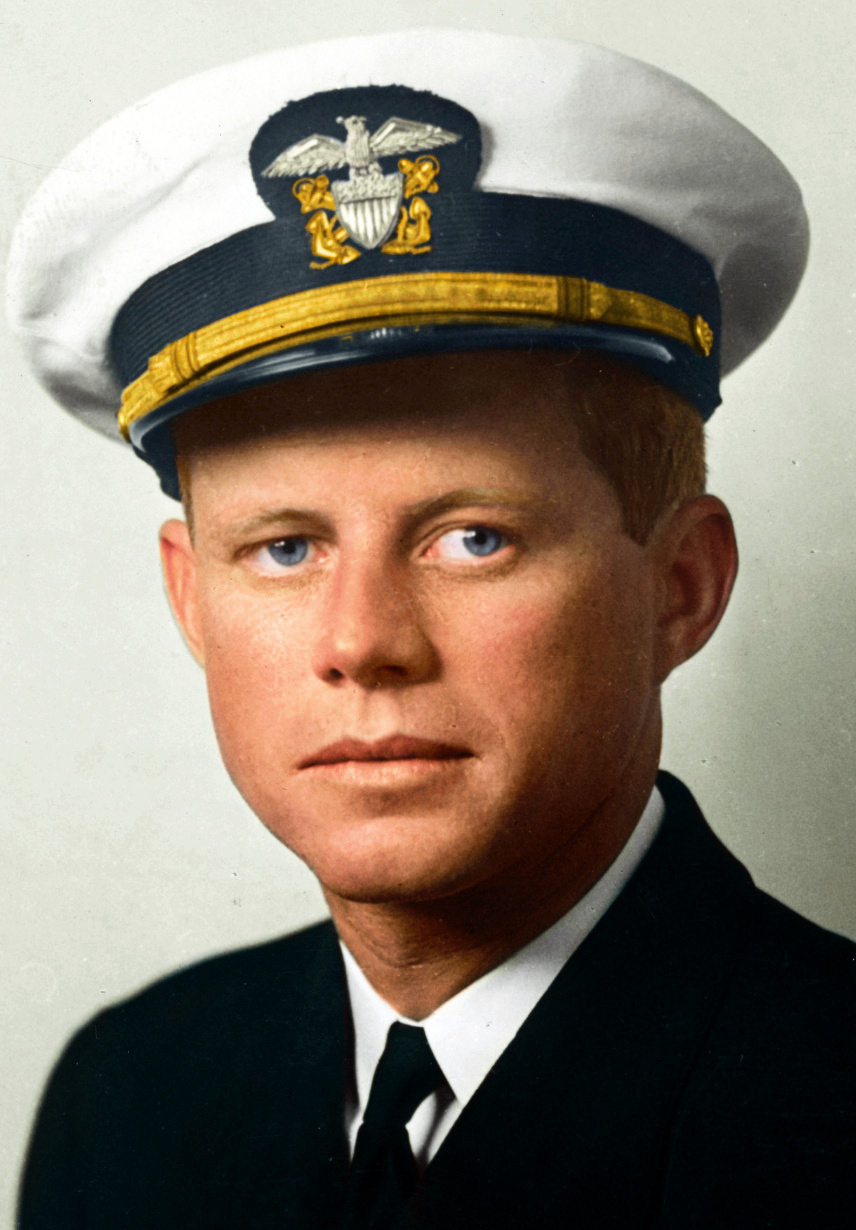The Combined Chiefs of Staff to President Roosevelt and Prime Minister Churchill
Québec, 19 August 1943.
Secret
Enclosure to CCS 319
Progress Report to the President and Prime Minister
-
The Combined Chiefs of Staff submit the following report on the progress made so far in the QUADRANT Conference.
-
We have agreed to accept tentatively Sections I, II and III of the final report made to you at the TRIDENT Conference as a basis for use in this Conference. These sections, covering the Overall Objective, the Overall Strategic Concept for the Prosecution of the War, and the Basic Undertakings in Support of the Overall Strategic Concept, to be reaffirmed at the conclusion of the present Conference.
Strategic concept for the defeat of the Axis in Europe
-
We have approved the following strategic concept of operations for the defeat of the Axis Powers in Europe, 1943-44.
-
Operation POINTBLANK
The progressive destruction and dislocation of the German military, industrial and economic system, the disruption of vital elements of lines of communication, and the material reduction of German air combat strength by the successful prosecution of the Combined Bomber Offensive from all convenient bases is a prerequisite to OVERLORD (barring an independent and complete Russian victory before OVERLORD can be mounted). This operation must therefore continue to have highest strategic priority. -
Operation OVERLORD
[Subparagraphs a, b, and c are identical with the subparagraphs of paragraph 3 of CCS 303/3.]
We have approved the outline plan of General Morgan for Operation OVERLORD and have authorized him to proceed with the detailed planning and with full preparations.
-
Operations in Italy
[This paragraph is identical with paragraph 4 of CCS 303/3.] -
Operations in Southern France
Offensive operations against Southern France (to include the use of trained and equipped French forces), should be undertaken to establish a lodgement in the Toulon-Marseilles area and exploit northward in order to create a diversion in connection with OVERLORD. Air nourished guerilla operations in the Southern Alps will, if possible, be initiated.
-
Air Operations
[This paragraph is identical with paragraph 6 of CCS 303/3, except that the cross-reference in subparagraph d has been changed to read “(see paragraph 10 below).”] -
Operations at Sea
[This paragraph is identical with paragraph 7 of CCS 303/3.] -
Operations in the Balkans
Operations in the Balkan area will be limited to supply of Balkan guerillas by air and sea transport, to minor Commando forces, and to the bombing of Ploești and other strategic objectives from Italian bases.
-
Garrison Requirements and Security of Lines of Communication in the Mediterranean
[This paragraph is identical with paragraph 9 of CCS 303/3, except that the parenthetical reference to appendix A to CCS 303 is omitted.]
The U-boat war
- Progress Report
We have had encouraging reports from the Chiefs of the two Naval Staffs regarding the U-boat war. We have approved recommendations made by the Allied Submarine Board which should result in further strengthening our anti-U-boat operations. The board has been directed to continue and expand its studies in search of further improvements.
Portuguese islands
- Facilities in the Azores Islands
On the successful conclusion of the negotiations for the use of the Azores we have taken note of the assurance given by the British Chiefs of Staff that everything will be done by the British as soon as possible after actual entry into the Azores has been gained to make arrangements for their operational and transit use by U.S. aircraft.
The war against Japan
- Southeast Asia Command
We have considered the proposals of the British Chiefs of Staff for the setup of the Southeast Asia Command.
On the question of Command relationship, we have agreed:
a. That the Combined Chiefs of Staff will exercise a general jurisdiction over the strategy for the Southeast Asia Theater and the allocation of American and British resources of all kinds between the China Theater and the Southeast Asia Command.
b. That the British Chiefs of Staff will exercise jurisdiction over all matters pertaining to operations, and will be the channel through which all instructions to the Supreme Commander are passed.
We are giving further consideration to:
c. The precise duties of General Stilwell as Deputy Supreme Allied Commander; and
d. Arrangements for the coordination of American agencies such as OSS, OWI, FCB, etc., with comparable British organizations.
- Operations in the Pacific and Far East
a. We have given preliminary consideration to a memorandum by the Joint U.S. Chiefs of Staff on specific operations in the Pacific and Far East 1943-44.
b. We have had an account from Brigadier Wingate of the experiences of the long-range penetration groups which were employed in Northern Burma in the early part of this year. We think that there is much to be said for further developing this method of conducting operations on a larger scale against the Japanese, and are working out plans to give effect to this policy.
c. We have not yet considered specific operations in Northern Burma or the Arakan Coast for 1943-44, pending the receipt of further information about the logistic situation which has been created by the disastrous floods in India.
d. Meanwhile the Combined Staff Planners have completed in outline a long-term plan for the defeat of Japan. This has not yet been considered. We propose to review specific operations in the Pacific and Far East for 1943-44 (See a, b and c above) in the light of the conclusions reached on this larger question.
Remainder of the conference
- Before we separate, we proposed to discuss the following matters:
a. Immediate operations in the Mediterranean;
b. Emergency return to the Continent;
c. Military considerations in relation to Spain;
d. Military considerations in relation to Turkey;
e. Military considerations in relation to Russia;
f. Equipment of Allies, liberated forces and friendly neutrals;
g. A number of miscellaneous matters.
